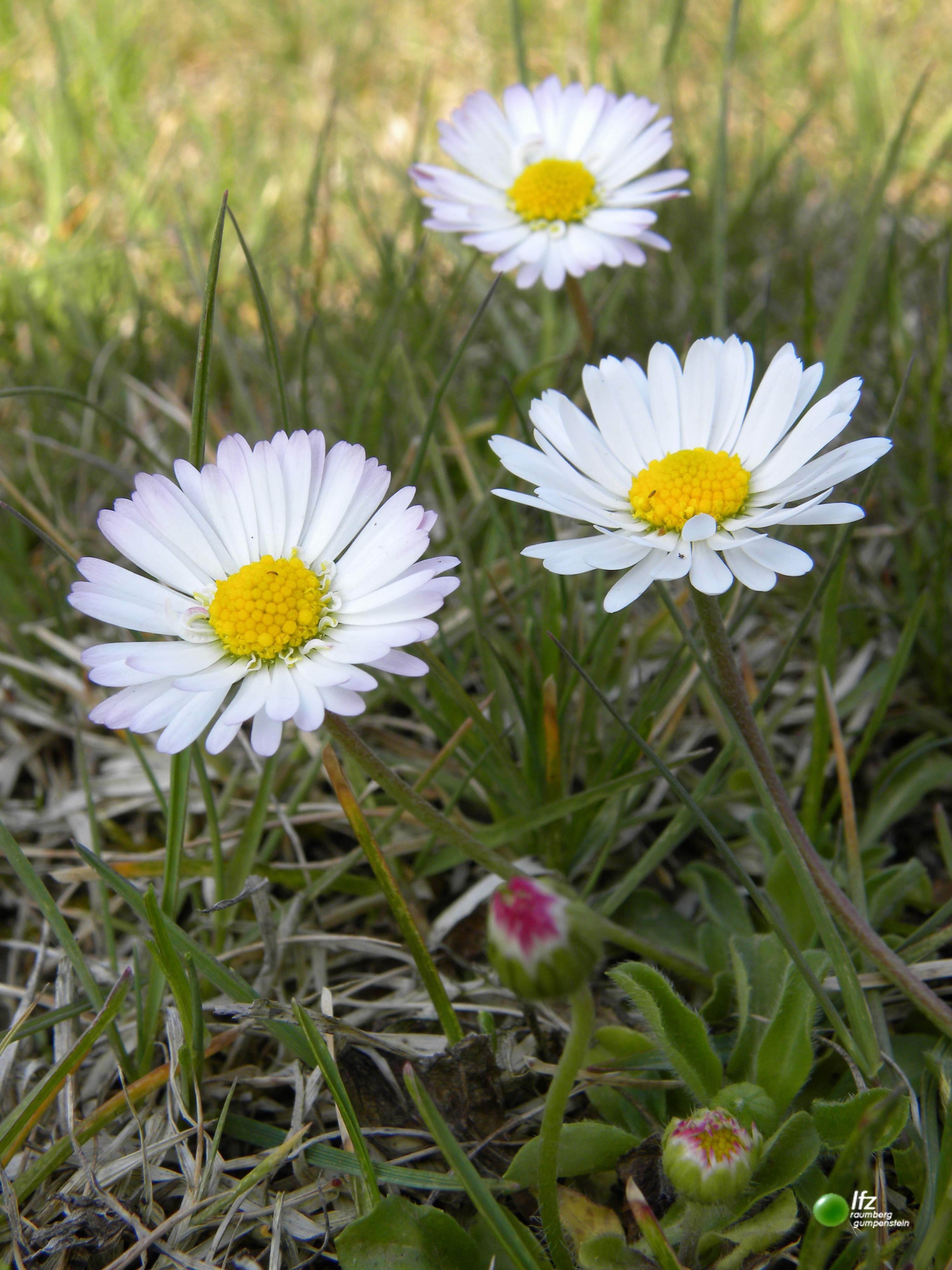Indicator plants are bioindicators with their help
- the location's creditworthiness is determined quickly and extensively,
- Location changes, fertilization and management errors are detected early,
- the need for site-specific fertilization and care measures is derived simply and comprehensibly,
- the success of fertilization and care measures is controlled and
- site-specific intensification limits can be determined.
Small-scale location differences and the natural spatial variability of ecologically relevant soil properties can be easily and quickly determined during the growing season. This enables fertilization that is adapted to the location, more in line with plant needs and therefore more environmentally friendly. The assessment and evaluation of a grassland location with the help of indicator plants requires little work, can be carried out relatively easily and quickly in the field during the growing season without measuring instruments or devices and does not incur any costs. As a rule, knowledge of a few characteristic types of pointers is sufficient. Indicator plants therefore have a practical importance in grassland farming.
There are indicator plants for various site characteristics and management factors:
Nutrient pointer
These are plants in locations that currently or in the past have received an above-average supply of fertilizer. Over-fertilization of the area can also occur when used in a manner appropriate to the location. In such a case, the plant population is very sparse and the fodder grasses that are important for use are missing. As a result, the turf does not extract fertilizer from the soil as usual and in this case too, nutrient indicators spread.
A long-term regulatory strategy on such areas is to reintroduce valuable forage grasses into the population by overseeding. It is important to ensure that grasses that are adapted to the use are used. At the same time, the amount of fertilizer must be adjusted to the cutting frequency. The principle of frequent fertilization in small doses must be observed.
stopgap
These include plants that mainly colonize gaps in vegetation and occur on grassland soils that are moderately to well supplied with nutrients. Some of them are one- to two-year-old arable weeds and ruderal species. They rely on seed propagation, which comes mainly from manure and the wind. But the soil's seed supply also plays an important role.
If the stopgaps occur in large numbers or with a high degree of coverage in the plant population, reseeding or overseeding with suitable seeds is necessary. In this case, meadow bluegrass would also be well suited, as it is able to form a stable and dense turf with its underground runners. In the spirit of ecologically sustainable grassland management, combating the causes always takes priority over combating the symptoms. Fertilization and management errors should therefore be avoided in the future.
Soil compaction and overuse indicators
If these plant species occur in clusters, they indicate soils with moderate to good nutrient supply, compaction in the topsoil and overuse of the plant population. They are predominantly low-growing, ground-leaf-rich, tread-resistant, creeping and rosette plants that tolerate early and frequent pruning. They are therefore mainly found in intensively used mowed and permanent pastures, extensively cut meadows and lawns. In extensive grassland, however, representatives of these two pointer species groups are largely missing, with the exception of the common plantain. From an agricultural perspective, soil compaction and overuse indicators are among the more or less undesirable species.
Leanness indicator
These plants cannot compete on nutrient-rich soils in valleys and basins. If they occur with larger numbers of individuals or higher cover levels in the plant population, the grassland soil is relatively poor in nutrients. The light-requiring leanness indicators are quickly displaced by nutrient indicators and upper grasses through shading if there is plenty of fertilization.
Underuse pointer
The most common and widespread indicators of underuse in commercial grassland are various thistle and rattlesnake species, various shrubs and woody dwarf shrubs, prickly or thorny species such as thorny hackle or the poisonous bracken.
Underuse pointers are generally quite sensitive to cuts and kicks. They therefore primarily occur on underused or late-used pastures as well as rotational pastures with insufficient stocking densities. Since the rattlepot species are annuals and therefore have to sow regularly, they find favorable living conditions in patchy, late-mown permanent meadows or underused permanent pastures. Underuse indicators can be reduced by increased fertilization in combination with more intensive use - especially through earlier and more frequent mowing or more intensive grazing.
Mosses
Mosses are rarely found in regularly fertilized permanent meadows, hay pastures and permanent pastures. They achieve a higher degree of coverage in poor meadows and poor pastures, but especially in gappy semi-dry grasslands, moist and wet meadows. Even shady locations are sometimes very rich in moss. In commercial grassland, mosses are a bioindicator of patchy plant populations and low nitrogen availability in the soil.






